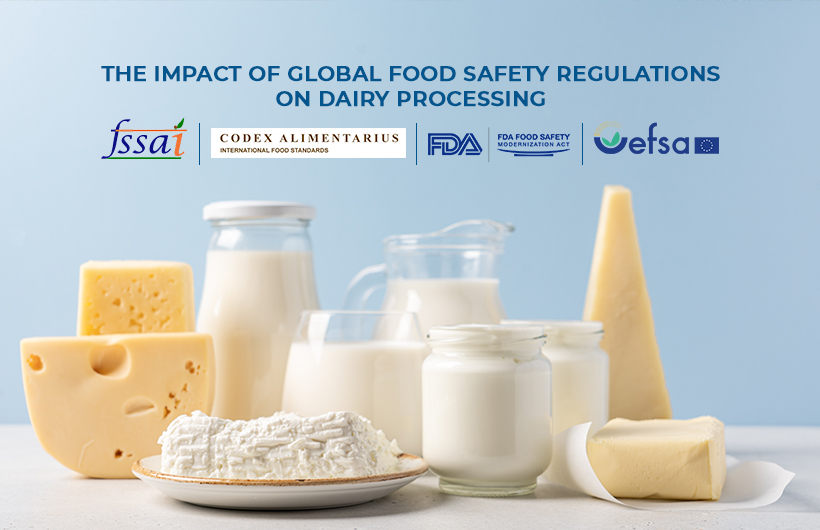11 October 2022
GOMA’s role in the Mayonnaise manufacturing process

Introduction of the mayonnaise manufacturing process?
It’s hard to find a person who hasn’t tasted Mayonnaise and the number of people who add mayonnaise to many dishes is very high. It is an easy-to-use ingredient that adds an instant, unique flavor to the plate. Because the consumption of this ingredient is growing daily.
It is the number one condiment in the U.S. which leaves behind even ketchup.
Let us see what mayonnaise is.
Mayonnaise is a cold, emulsification used as a sauce or as a condiment. It is made by blending egg yolks and oil. After this, it is then flavored with varying combinations of vinegar, mustard, herbs, and spices. Previously, it was made with aspic or jelly, rather than egg emulsions, and is often used as a base for creamy-type salad dressings.
Though Russia is the highest consumer of this condiment, it is becoming a favorite seasoning throughout the world and securing an important place on the breakfast table and India is no exception. In the next section, we will see the details.
Growth in the consumption of Mayonnaise in India
According to a recently published report by Bonafide Research, “India Mayonnaise & Salad Dressing Market Outlook 2021”, the mayonnaise & salad dressing market is growing at a CAGR of 21.54% over five years. As this is the youth-dominated century.
the growing youngster population, speedy urbanization, and increasing disposable income provide many opportunities in the mayonnaise and salad dressing Industry, as people are rapidly shifting towards ready-to-eat foods and are willing to adopt foreign meal patterns quickly.
What are the ingredients used in the making of mayonnaise production in the plant?
To get the perfect mayonnaise, it must certainly contain at least 65% oil by weight, vinegar, and egg or egg yolks. Spices and other natural seasonings may be added to it, except turmeric and saffron. These ingredients give it a yellowish color and it thus appears to contain added egg yolks.
Soybean oil is the most common type of oil used in the production of mayonnaise. Vinegar is distilled from distilled alcohol. Lemon or lime juice is diluted with water.
How is the manufacturing process of mayonnaise?
Mayonnaise goes through a lot of manufacturing processing before it is made available in the market. A lot of homogenizer manufacturers make homogenizers for this purpose.
The eggs are subjected to pasteurization by heating them without actually cooking them. Low-fat versions are made with egg whites.
To replace the fat from the missing egg yolk, modified food starches are added so that the low-fat mayonnaise retains the creamy texture and thickness of real mayonnaise.
These food starches can be made from corn, gums, or agar. Salt is added to enhance the flavor. The amount equals approximately 1/16 teaspoon of salt per tablespoon serving. Preservatives such as calcium sodium EDTA are added to increase its shelf-life and prevent microbial spoilage, which is caused due to the raw egg ingredient.
Mayonnaise production lines are:
Preparing and Mixing:
Ingredients: The procedure begins by obtaining all the necessary components which commonly include: Egg yolks work as an emulsifier, bringing the oil and water together.
Oil: Typically, vegetable oil, such as soybean or canola oil, provides a creamy texture.
Vinegar or citrus juice: Acidifies and stabilizes the emulsion.
Water forms the mixture's continuous phase.
Salt and other herbs improve flavor and texture.
Mixing: In a big mixing tank, add the water, egg yolks, and a little vinegar or lemon juice. This initial combination may also contain other dry components such as salt and sugar.
The emulsion: This is the critical stage in which the oil and water-based elements are combined into a stable combination. Modern manufacturing employs high-shear emulsifiers. These devices reduce the oil to very small droplets (1-5 microns) and aggressively spread them throughout the water-based mixture.
This results in a stable emulsion in which the tiny oil droplets are covered by a film of egg yolk and other substances, keeping them from separating.
Additional Manufacturing:
Pasteurization: To maintain food safety and longevity, the emulsified mixture is usually pasteurized. This includes heating the mixture to a specified temperature for a brief period to kill any hazardous germs that may be present.
Flavoring and Adjustments: Once pasteurized, add the remaining vinegar or lemon juice, as well as any other flavorings such as mustard or spices. Checks for quality are performed on the finished product to ensure consistency and flavor.
Packaging & Delivery:
The final mayonnaise is placed in sterile containers, sealed, and labeled. These containers are subsequently packaged and delivered to wholesalers and retailers for sale.
What does GOMA provide for mayonnaise manufacturing?
Goma Engineering. Pvt. Ltd Offers Customized Turnkey Solutions for the Mayonnaise Processing Line, With World Class High Pressure Homogeniser, as it is the heart of the mayonnaise manufacturing process.
We also have In-house Manufactured & Tested Mixing & Holding Tanks that meet the product’s hygiene and thermal parameters. We give our customers the best service, right from the complete design of the process line as per their specific requirements, to installation, testing, and a trial run of the plant.

